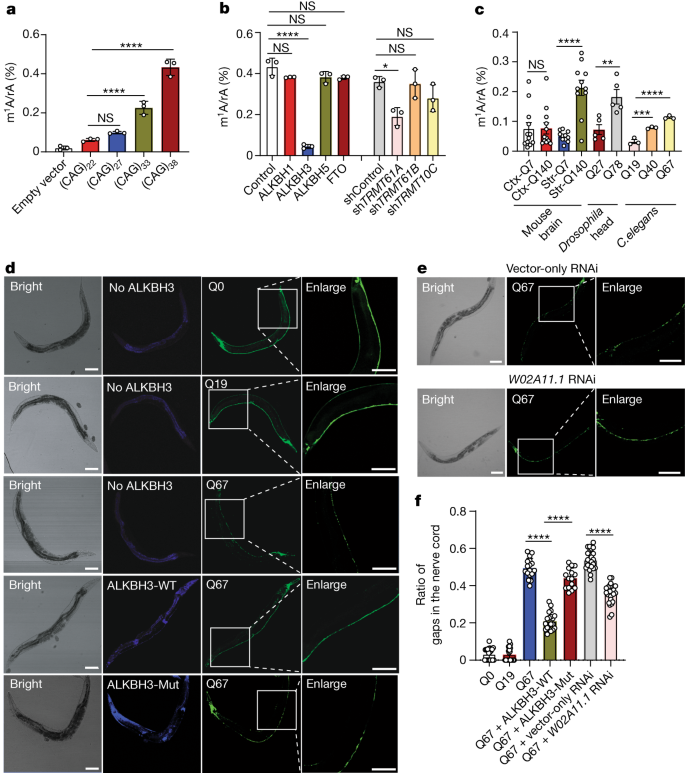2023-11-07 バーミンガム大学
◆このアプローチは、規制当局が地球上の既存の生物多様性レベルを保護するのに役立つ可能性があります。バーミンガム大学の研究者たちは、デンマークの湖底からの堆積物を使用して、生物多様性、化学汚染、および気候変動レベルの100年前のライブラリを再構築しました。
<関連情報>
- https://www.birmingham.ac.uk/news/2023/biodiversity-time-machine-provides-insights-into-a-century-of-loss
- https://elifesciences.org/articles/86576
100年にわたる人為的影響により、淡水の機能的生物多様性に変化が生じている 100 years of anthropogenic impact causes changes in freshwater functional biodiversity
Niamh Eastwood,Jiarui Zhou,Romain Derelle,Mohamed Abou-Elwafa Abdallah,William A Stubbings,Yunlu Jia,Sarah E Crawford,Thomas A Davidson,John K Colbourne,Simon Creer,Holly Bik,Henner Hollert,Luisa Orsini
eLife Published:November 7, 2023
DOI:https://doi.org/10.7554/eLife.86576.3

Abstract
Despite efforts from scientists and regulators, biodiversity is declining at an alarming rate. Unless we find transformative solutions to preserve biodiversity, future generations may not be able to enjoy nature’s services. We have developed a conceptual framework that establishes the links between biodiversity dynamics and abiotic change through time and space using artificial intelligence. Here, we apply this framework to a freshwater ecosystem with a known history of human impact and study 100 years of community-level biodiversity, climate change and chemical pollution trends. We apply explainable network models with multimodal learning to community-level functional biodiversity measured with multilocus metabarcoding, to establish correlations with biocides and climate change records. We observed that the freshwater community assemblage and functionality changed over time without returning to its original state, even if the lake partially recovered in recent times. Insecticides and fungicides, combined with extreme temperature events and precipitation, explained up to 90% of the functional biodiversity changes. The community-level biodiversity approach used here reliably explained freshwater ecosystem shifts. These shifts were not observed when using traditional quality indices (e.g. Trophic Diatom Index). Our study advocates the use of high-throughput systemic approaches on long-term trends over species-focused ecological surveys to identify the environmental factors that cause loss of biodiversity and disrupt ecosystem functions.


